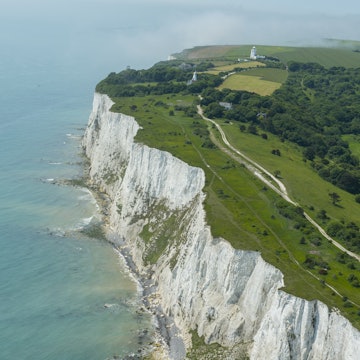
Overview
Kent isn’t described as the garden of England for nothing. Within its sea-lined borders you’ll find a fragrant landscape of gentle hills, fertile farmland, cultivated country estates and fruit-laden orchards. It could also be described as the beer garden of England as it produces the world-renowned Kent hops and some of the country’s finest ales and wines from its numerous vineyards. At its heart is spellbinding Canterbury, crowned by its enthralling cathedral. You’ll also find beautiful coastal stretches dotted with beach towns and villages, from old-school Broadstairs to gentrified Whitstable and the aesthetically challenged port town of Dover.
Leave the planning to a local expert
Experience the real Kent. Let a local expert handle the planning for you.
Must-see attractions
Planning Tools
Expert guidance to help you plan your trip
Best Things to Do
Kent’s gentle hills and crystalline coast welcome travelers looking for oysters and breweries, cliffs and cathedrals, and more in this corner of England.
Read full article
Get a book. Get inspired. Get exploring.
in partnership with getyourguide
















